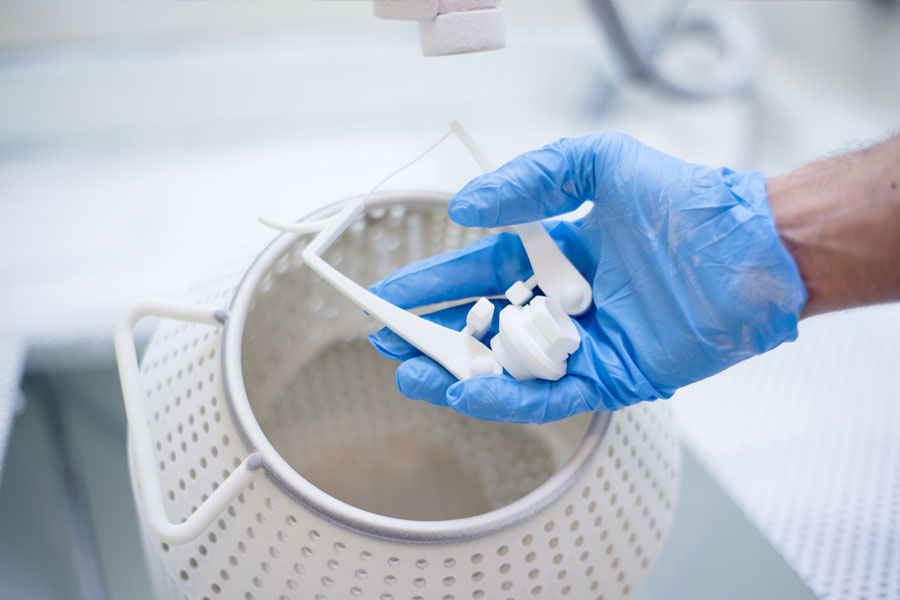CNC lathes can complete the preparation and processing procedures of CNC lathes, electrical equipment, CNC system debugging, geometric accuracy detection and maintenance of CNC lathes, maintenance and repair, lathe transformation, and cultivate the needs of CNC lathe programming, assembly, debugging, maintenance, repair, and transformation.
The CNC lathe is based on the relevant rules of the machine tool experimental specifications. The experimental items include reliability, static stiffness, no-operation oscillation, thermal deformation, vibration-resistant cutting, noise, vibration, positioning accuracy, spindle reversal accuracy, linear motion unevenness and processing Precision etc. During the machine tool inspection, each inspection content shall be carried out in accordance with the CNC punch press factory specifications.
1. Check the positioning accuracy of the machine tool
The positioning accuracy of the CNC lathe is to indicate the motion accuracy that each moving part of the machine tool can reach under the control of the CNC equipment. Therefore, with more measured positioning accuracy values, it can be judged that the machine tool can reach the machining accuracy in active machining in the future.
The positioning accuracy must first detect the following:
1) Linear motion positioning accuracy;
2) Linear motion repeat positioning accuracy;
3) The accuracy of the origin of linear motion returns;
4) Linear motion loss momentum;
5) Positioning accuracy of reverse axis movement;
6) Repeated positioning accuracy of reverse axis movement;
7) Reverse axis origin return accuracy;
8) Reverse axis motion loss.
3. Other function experiments of CNC lathe
In addition to the above positioning accuracy and machining accuracy, there are usually more than a dozen items in the function experiment of CNC lathes. To briefly explain this:
1) For gas and liquid equipment, check the compressed air and hydraulic oil circuit sealing and pressure regulation functions, and the normal operation status of the oil tank.
2) Spindle system function
Use manual method to test the flexibility of spindle movement. Use the data input method to make the spindle rotate from low speed to high speed to complete the rotation speed at all levels. Investigate the vibration of the machine tool and the temperature rise of the spindle together. Reliability of experimental spindle stop equipment.
3) Successive unloaded operation uses the function prepared in advance to compare the complete program to make the machine tool work 8-16h in succession, check the stability and reliability of the machine tool’s various movements and actions, and does not allow problems during operation, and summarizes the entire machine tool. Check. When the demand is not met, the work check should be restarted, and no accumulated working hours are allowed.
4) Safety equipment check the safety of the operator and the reliability of the machine tool maintenance functions, such as the safety shield, the active suspension function of the travel limit maintenance of each movement coordinate of the machine tool, the maintenance of various current and voltage overloads and the overheating and overload of the spindle motor. Urgently suspend the function and so on.
5) Affiliated equipment to check the operation reliability of each affiliated machine tool.
6) Machine tool noise The total noise during machine tool operation shall not exceed the norms. Many CNC lathes use electrical speed regulation. The gear of the spindle box is often not a source of noise. The noise of the cooling fan of the spindle motor and the hydraulic pump of the hydraulic system can become a source of noise.
7) Smooth equipment Check the reliability of the punctual quantitative smooth equipment, see if there is leakage in the smooth oil circuit and the reliability of the oil distribution function of each smooth point.
8) Electrical equipment should be inspected for insulation before and after the operation, check the quality of the ground wire, and recognize the reliability of the insulation.
2. View of machine tool machining accuracy
The inspection of machine tool machining accuracy is an inductive check of the machine tool’s accuracy and positioning accuracy under cutting conditions. It is usually divided into two types: single processing accuracy view or processing an inductive test piece accuracy view. The main single processing accuracy in the middle of processing are: boring accuracy, accuracy of the end face milling cutter cutting plane, hole pitch accuracy and aperture dispersion, straight line milling accuracy, oblique milling accuracy and arc milling accuracy.
The precision of boring mainly reflects the movement precision of machine tool spindle and the stability of low-speed feed. The accuracy of the milling plane of the face milling cutter mainly reflects the flatness of the X and Y axis movements and the straightness of the central axis of the spindle to the X-Y movement plane. The hole pitch accuracy primarily reflects the effects of positioning accuracy and stall. The precision of linear milling primarily reflects the accuracy of the machine tool’s X and Y guide rails. The oblique line milling accuracy mainly reflects the linear interpolation accuracy of the X and Y axes.
